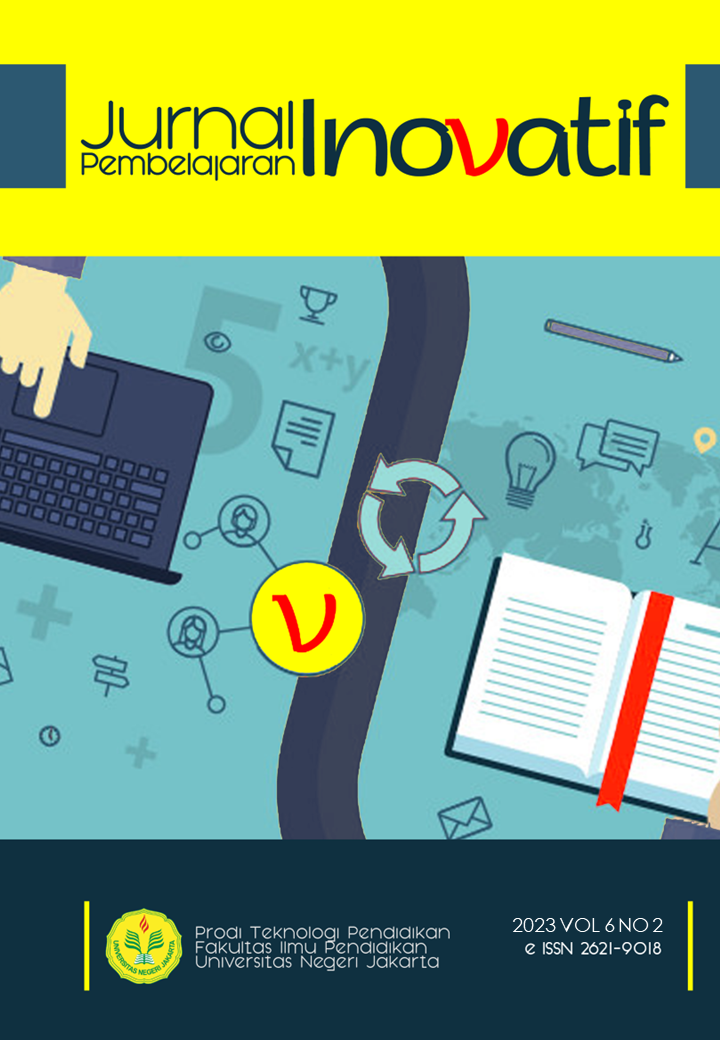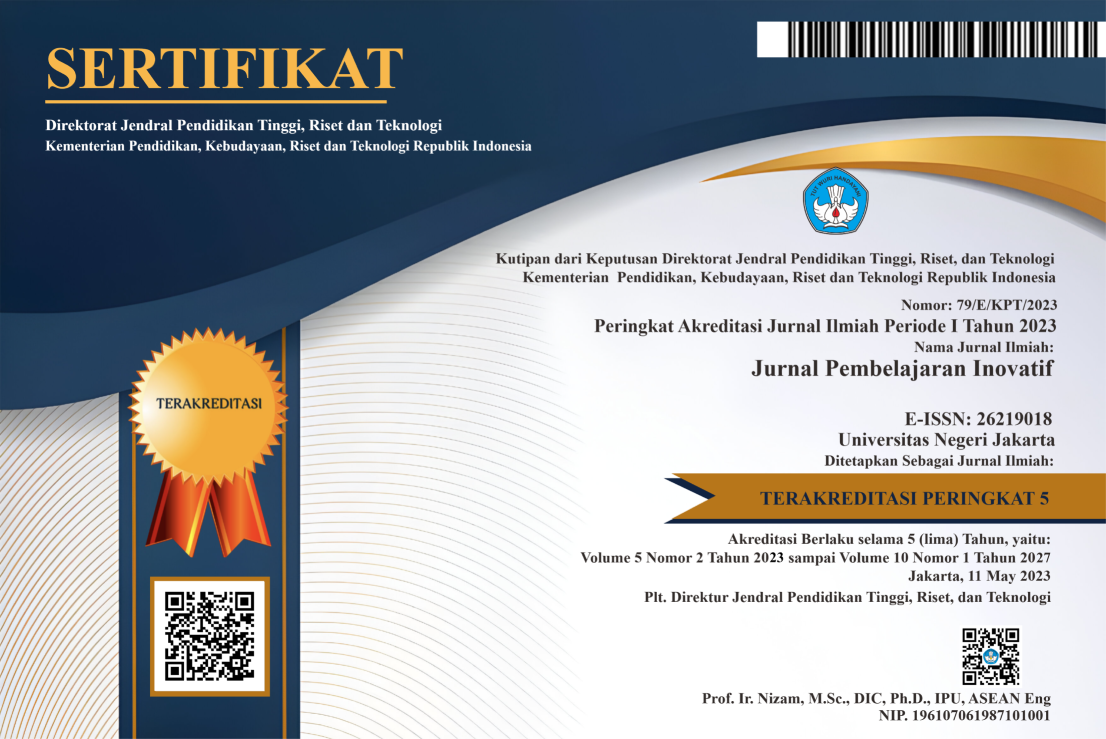Evaluasi Pelaksanaan Pelatihan Vokasi di BBPVP Bekasi Antara Kompetensi dan Keterserapan Industri
DOI:
https://doi.org/10.21009/JPI.062.10Keywords:
Evaluasi, Pelatihan, BBPV, Refrigerasi, ACAbstract
Penelitian ini bertujuan untuk melakukan evaluasi dalam pelaksanaan pelatihan vokasi di BBPVP Bekasi guna menghadapi revolusi industri 4.0. Pemerintah mulai memperioritaskan atas pengembangan sumber daya manusia (SDM). Balai Besar Pengembangan Latihan Kerja (BBPLK) Bekasi merupakan Unit Pelaksana Teknis Pusat bidang pelatihan yang telah melaksanakan vocational training guna menjawab tantangan yang ada. Melalui program link and match antara dunia pelatihan dengan kebutuhan industri. Hal ini untuk memastikan agar kompetensi yang dimiliki SDM Indonesia sudah sesuai dengan kebutuhan industri berbasis digital, seperti halnya revolusi industri 4.0. Penelitian ini menggunakan metode deskripsi kualitatif dengan mengambil model CIPP Stufflebeam untuk evaluasinya. Peneliti melakukan observasi di lokasi pelatihan dan mengadakan wawancara dengan partisipan. Partisipan terdiri dari 3 orang instruktur dan 10 orang peserta dengan instrument berupa kuesioner dan penilaian dengan menggunakan skala likert. Hasil yang didapat untuk tahapan outputnya adalah tingkat keterserapan lulusan pada dunia kerja dan duna industri masih tergolong minim, karena baru 40 % yang bekerja pada instansi / perusahaan. Sedangkan 60 % lulusan berwiraswasta.
Abstract
This study aims to evaluate the implementation of vocational training at BBPVP Bekasi to face the industrial revolution 4.0. The government began to prioritize the development of human resources (HR). The Bekasi Center for the Development of Job Training (BBPLK) is a Central Technical Implementation Unit in the field of training that has carried out vocational training to answer existing challenges. Through a link and match program between the world of training and industry needs. This is to ensure that the competencies of Indonesian human resources are in accordance with the needs of digital- based industries, such as the industrial revolution 4.0. This study used qualitative description method by taking the CIPP Stufflebeam model for its evaluation. Researchers conducted observations at the training site and conducted interviews with participants. Participants consisted of 3 instructors and 10 participants with instruments in the form of questionnaires and assessments using Likert scales. The results obtained for the output stage are the level of absorption of graduates in the world of work and industry is still relatively minimal, because only 40% work in agencies / companies. While 60% of graduates are self-employed.
Downloads
Published
How to Cite
Issue
Section
License
JPI provides immediate open access to its content on the principle that making research freely available to the public supports a greater global exchange of knowledge.
All articles published Open Access will be immediately and permanently free for everyone to read and download. We are continuously working with our author communities to select the best choice of license options, currently being defined for this journal is licensed under a Creative Commons Attribution-ShareAlike 4.0 International License (CC BY-SA).




